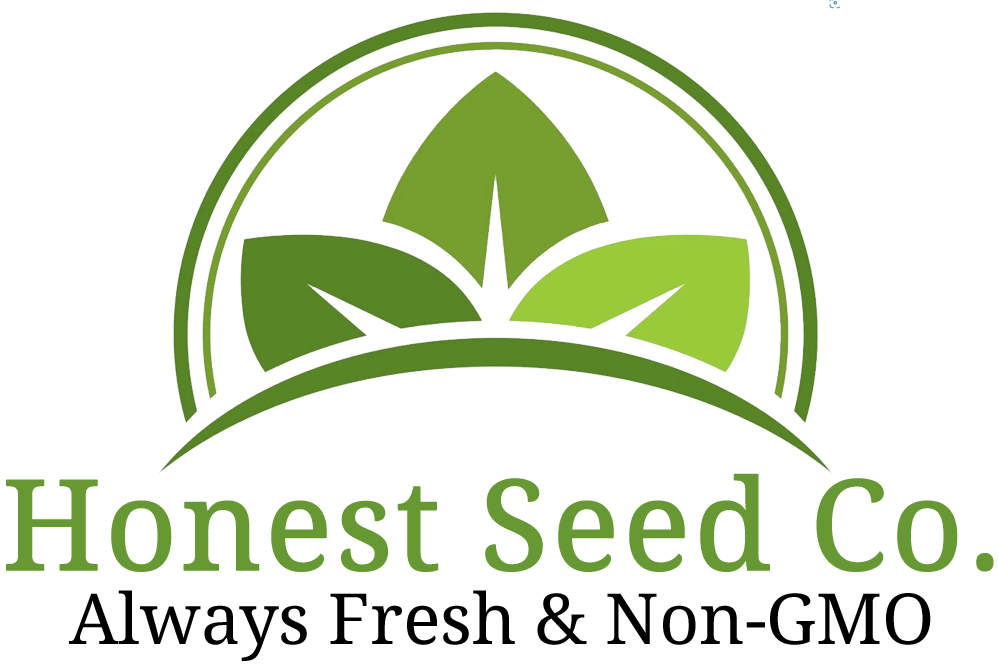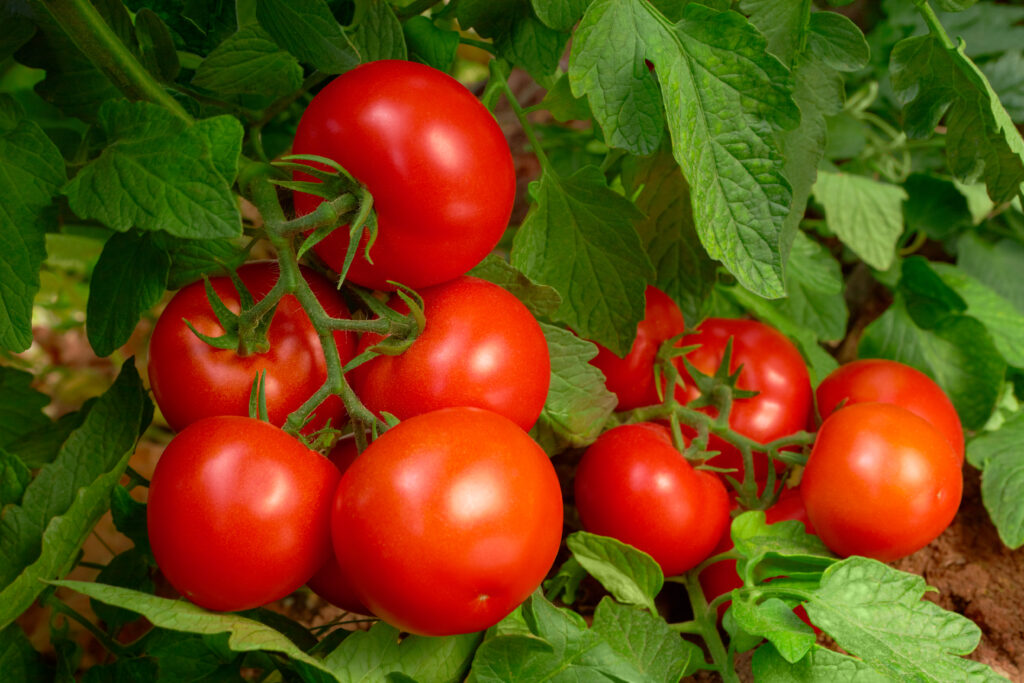Tomatoes are a staple in many gardens and a favorite among home growers. However, not all tomatoes are created equal. One of the most important distinctions to make when choosing tomato plants is whether they are determinate or indeterminate. Understanding the difference between the two can help you choose the right tomato plants for your garden and ensure a bountiful harvest.
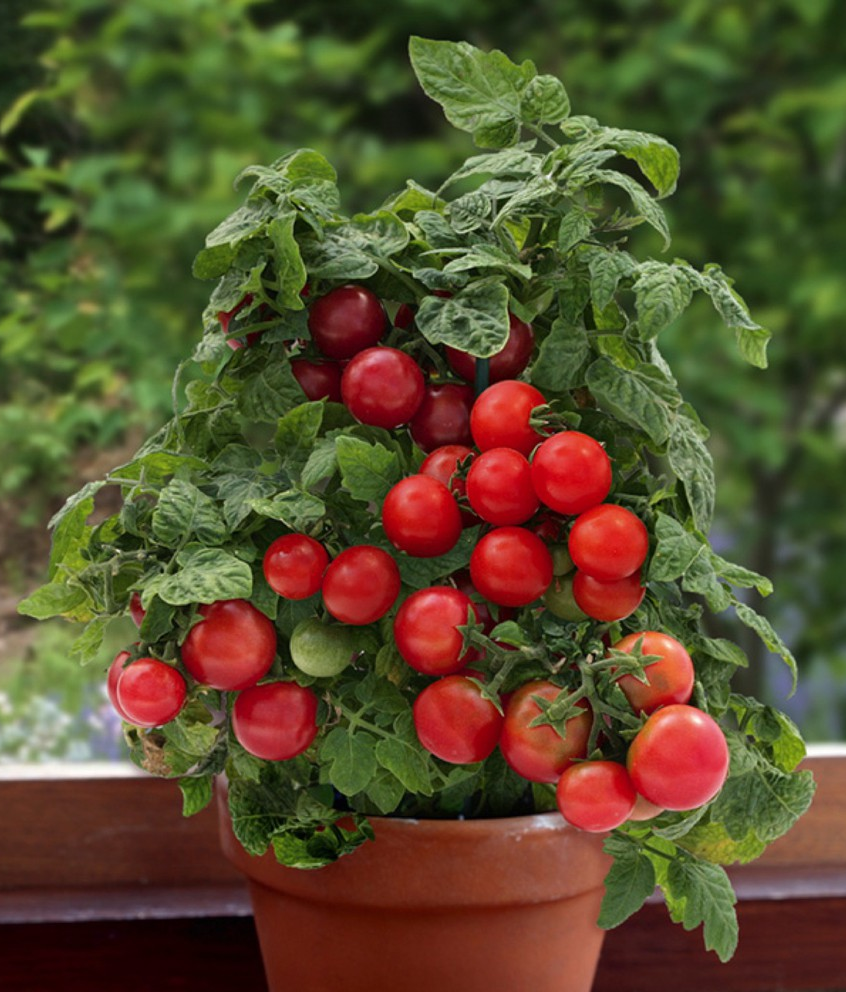
Determinate tomatoes, also known as “bush” tomatoes, are characterized by their compact growth habit. They reach a certain size, typically around 4-5 feet tall, and then stop growing. They generally produce fruit all at once, and their fruit ripens within a short period of time, usually over a 2-3 week period. This makes them ideal for canning and preserving, as well as for gardeners with limited space.
Indeterminate tomatoes, also known as “vining” tomatoes, continue to grow and produce fruit throughout the growing season. They can reach heights of up to 10 feet or more, and require staking or trellising for support. They produce fruit continuously, ripening over a longer period of time, often from early summer to frost. This makes them ideal for fresh eating, as well as for gardeners who want a steady supply of ripe tomatoes throughout the growing season.
When it comes to yield, determinate tomatoes tend to produce a larger harvest all at once, while indeterminate tomatoes produce a smaller, but continuous harvest. In terms of taste, both types of tomatoes can be delicious, but indeterminate tomatoes tend to have a stronger, more complex flavor.
Ultimately, the choice between determinate and indeterminate tomatoes comes down to personal preference and the specific needs of your garden. If you’re short on space and want to can or preserve your tomatoes, determinate tomatoes may be the best choice. If you want a steady supply of fresh tomatoes throughout the growing season, indeterminate tomatoes may be the way to go.
Another difference between determinate and indeterminate tomatoes is their growth habit. Determinate tomatoes are bushier, with a more compact growth habit, and typically don’t require staking or trellising. They are also more tolerant to hot weather and are less prone to disease. Indeterminate tomatoes, on the other hand, are vining plants that need staking or trellising to support their growth. They are more susceptible to diseases and pests, but they can also be more productive overall.
Another important aspect to consider is the time to maturity. Determinate tomatoes typically have a shorter time to maturity, reaching full maturity within 60-70 days. This means they are a good choice for gardeners in areas with shorter growing seasons. Indeterminate tomatoes, on the other hand, have a longer time to maturity, taking up to 90 days or more. This means they are a better choice for gardeners in areas with longer growing seasons.
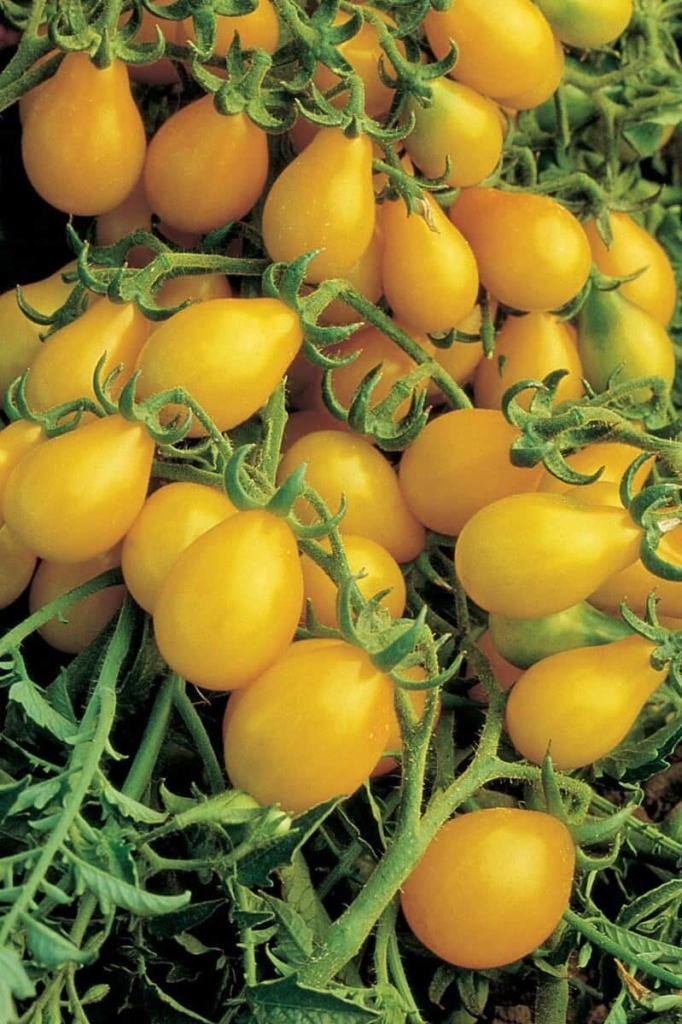
When it comes to pruning, determinate tomatoes don’t require much pruning, as they are self-contained and don’t need to be trained or pruned to produce fruit. Indeterminate tomatoes, on the other hand, require regular pruning to control their growth and to prevent diseases. Removing the suckers, or the shoots that grow between the main stem and the branches, is essential to keep the plant healthy and productive.
In summary, determinate tomatoes are ideal for gardeners who want a large harvest all at once, want to can or preserve their tomatoes, have limited space, and live in areas with shorter growing seasons. Indeterminate tomatoes are ideal for gardeners who want a steady supply of fresh tomatoes throughout the growing season, have the space to support their vining growth habit, and live in areas with longer growing seasons.
Another aspect to consider when choosing between determinate and indeterminate tomatoes is the type of fruits produced. Determinate tomatoes tend to produce smaller, uniform-sized fruits, which are ideal for canning, preserving, and making sauces or purees. They also tend to be more crack-resistant, which means they are less likely to develop splits or cracks on the skin. Indeterminate tomatoes, on the other hand, tend to produce larger, more irregular-shaped fruits, which are ideal for fresh eating and sandwiches. They also tend to be less crack-resistant, which means they are more prone to developing splits or cracks on the skin.
Another difference between determinate and indeterminate tomatoes is the number of fruits produced. Determinate tomatoes tend to produce a smaller number of fruits, but they are all ready to harvest at the same time, which makes them ideal for canning or preserving. Indeterminate tomatoes, on the other hand, tend to produce a larger number of fruits, but they ripen over a longer period of time, which makes them ideal for fresh eating.
Another factor that can influence the choice between determinate and indeterminate tomatoes is the size of the garden. Determinate tomatoes are more suitable for small gardens and containers because of their compact growth habit. Indeterminate tomatoes are more suitable for larger gardens and can be grown on trellis or cages for support.
In conclusion, determinate tomatoes are ideal for gardeners who want a large harvest all at once, want to can or preserve their tomatoes, have limited space, and live in areas with shorter growing seasons. Indeterminate tomatoes are ideal for gardeners who want a steady supply of fresh tomatoes throughout the growing season, have the space to support their vining growth habit, and live in areas with longer growing seasons.
Growing Determinate vs. Indeterminate Tomatoes
Growing determinate and indeterminate tomatoes are similar in many ways, but there are a few key differences to keep in mind when planting and caring for them.
To grow determinate tomatoes:
Determinate tomatoes are considered a warm-season crop and can be grown in a wide range of USDA Hardiness Zones, depending on the variety. In general, tomatoes are considered frost-sensitive and should not be planted until all danger of frost has passed. Determinate tomatoes typically reach maturity in 60-70 days, which makes them a good choice for gardeners in areas with shorter growing seasons.
Determinate tomatoes can be grown in zones 4-11, with the optimal growing conditions being found in zones 5-9. In these zones, the temperatures are warm enough to support the growth of the tomato plants, and the growing season is long enough to allow the tomatoes to reach maturity. In zones 4 and 11, the growing season may be shorter and the temperatures may be too cold to support the growth of the tomato plants, but with proper protection such as row covers, determinate tomatoes can still be grown successfully. It’s worth noting that high-quality seedlings are also important for a successful harvest, and should be planted in the appropriate time of the year for your area.
- Select a location with full sun and well-drained soil.
- Space the plants 18-24 inches apart.
- Provide support with cages or tomato cages.
- Water regularly and fertilize every 4-6 weeks with a balanced, all-purpose fertilizer.
- Pinch off any suckers that grow at the base of the plant.
- Harvest all at once, when the fruit is ripe.
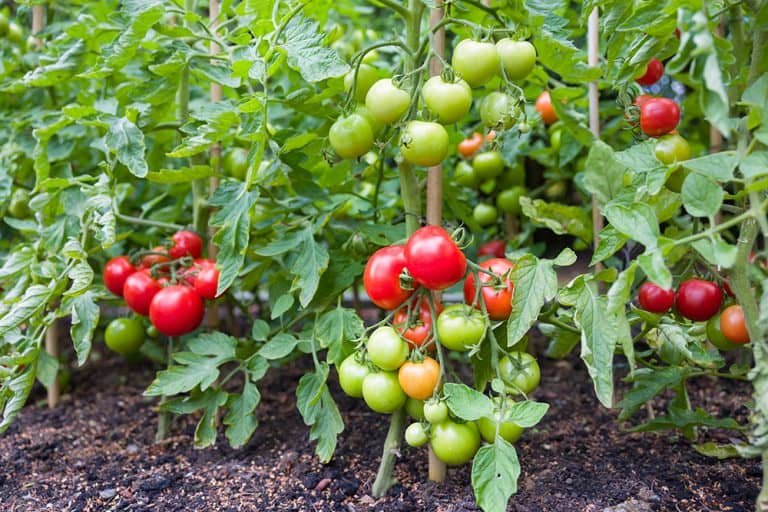
To grow indeterminate tomatoes:
Indeterminate tomatoes are best grown in zones 3-10. They require a long growing season and warm temperatures. They will continue to grow and produce fruit throughout the growing season, and will require support such as staking or caging. It is important to note that the best tomato growing conditions will vary depending on the specific variety and local climate.
- Select a location with full sun and well-drained soil.
- Space the plants 24-36 inches apart.
- Provide support with stakes or trellis.
- Water regularly and fertilize every 4-6 weeks with a balanced, all-purpose fertilizer.
- Pinch off any suckers that grow at the base of the plant.
- Harvest continuously as the fruit ripens.
Both determinate and indeterminate tomatoes are susceptible to common tomato pests and diseases, such as tomato hornworms, aphids, blossom end rot, and early blight. Regularly inspecting the plants and taking preventative measures, such as proper spacing, adequate water and fertilization, and controlling pests and diseases as soon as they appear, is important to ensure a healthy and productive crop.
